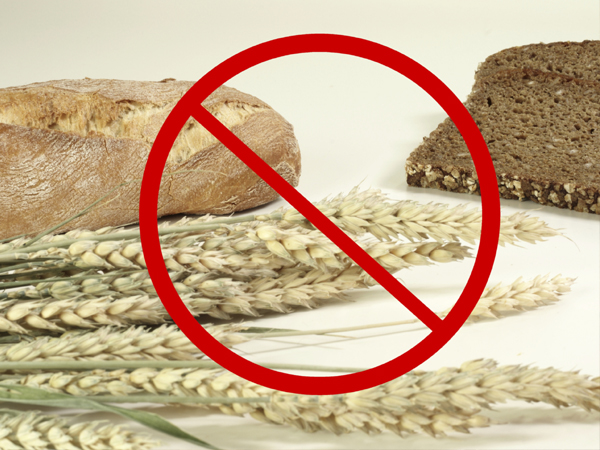The world suddenly seems to be full of health-nuts, who only shop organic, swear by all sorts of terrifying exercise regimes, and who advocate all kinds of “the only diet that REALLY works”. Amidst this health-driven brouhaha, ‘gluten-free diet’ has been the most consistent buzzword. But, what does gluten-free actually mean? We were almost afraid to ask because it’s so popular and prevalent. It’s entirely possible that gluten-freed, nimble-footed, healthy hoards will come after us with their kale salad pitchforks just for saying … gluten-WHAT? But, we decided to risk life and limb to get the details.
What is gluten-free?
Gluten-free is a dietary form that excludes the protein, gluten, which is present in many foods like wheat, rye and barley. Dietician Sweety Mandot, Bhatia Hospital, Mumbai explains, “Gluten is a protein composite and the dietary regime excluding this protein is called gluten free,” while nutritionist, Shirin Kapadia, Mumbai, adds, “A gluten-free diet is actually not a fad diet. It is for someone who is seriously suffering from a disease called Celiac. Gluten causes inflammation in the small intestine for people affected with this disease”.
A diet free of gluten will help control the symptoms of the disease while preventing any severe complications but the details about what to eat and what to avoid can be quite confusing and frustrating. But, here’s the good news. Many of the foods that we already eat are gluten-free and if you’re not eating them, then don’t worry, substituting these foods isn’t that difficult either.
Foods that are gluten-free
There are many foods that are naturally gluten-free and cost-effective too.
Vegetables, fruits, meat, fish and seafood and dairy are all free of gluten. “Pure wheat grass and barley grass are also gluten-free, but only if harvested correctly as their seeds contain gluten,” explains Sweety.
Grains like millet, buckwheat, sorghum, teff, amaranth and nut flour, also qualify and these are also easily available in local grocery stores. “Avoid all packaged foods unless labeled gluten-free to keep cross-contamination at bay,” shares Sweety.

What are the options?
Many ingredients like wheat can be substituted for their gluten-free counterparts. Sweety says, “It’s all about being creative and using other lesser-known ingredients like saga, bajra, makka, jawar, ragi, singhara atta and cassava in your daily cooking practices.” Gluten-free snack options are plenty: chiwda, murmura, rice flakes (without malt coating), soya, cornflakes, rice and papad. You can also swap normal noodles and pasta with rice noodles and use almond flour, coconut flour or sorghum instead of wheat flour. Try eating snacks like idli and vada instead of a sandwich (since bread has gluten).
Is this diet good or bad?
No food choice or diet can be defined as good or bad. It all depends on what works for you and your body. If your body demands going gluten-free, then by all means, you must. This diet has nothing to do with being fit or losing weight. It’s more related to health concerns and allergies. So, it is important to consult a doctor before resorting to changing your dietary habits for a well-balanced lifestyle.




